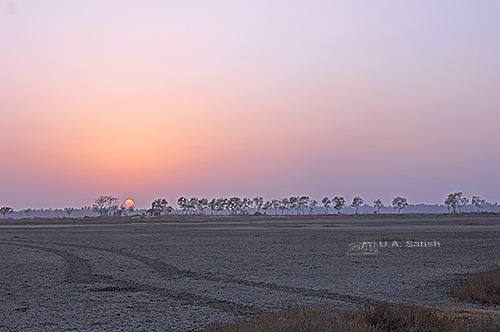Your digital SLR camera can capture the mystery and grandeur of landscape photography. The following tips can help you to produce attractive landscape pictures.
Depth of Field
You will use the camera either in manual mode or aperture priority mode. To bring most of the scene into focus, aperture has to be kept small so that the depth of field is big. It is best to keep the f/stop between f/8 and f/11. If the f/stop is higher than f/11, you could see some loss of sharpness.

Wide Angle Lenses
Wide-angle lenses, 24 to 35 mm, are preferred for landscape photography because they can show a broader view, and therefore give a sense of wide open space. They also tend to give a greater depth of field and allow you to use faster shutter speeds because they allow more light.
ISO Settings in Landscape Photography
As far as possible, keep the ISO setting at 100 or 200. This is to make sure that you do not get too much of grain in the images. Modern digital cameras have ISO settings that go up to 3200 or 6400. In my Canon EOS 550D, the maximum setting for ISO is 6400. But high ISO values may not get the results that you want.
In low light conditions, narrow apertures may lead to slow shutter speeds. If the shutter speed has to go lower than 1/60 sec, you have to think of using a tripod. Otherwise camera shake will set in. After sunset, ambient light falls rapidly and you will find it difficult to keep shutter speeds on or above 1/60 sec.
White Balance
Cloudy setting is a little warmer than the daylight setting and best for most shots outdoors in direct sunlight.
RAW Files
To maximise quality and also to allow you to edit your original images non-destructively, use RAW files when shooting landscapes. Picasa is a free photo editing software which allows you to use RAW files